When it comes to skincare, few ingredients have earned as much trust as niacinamide. Known as Vitamin B3 in its topical form, niacinamide has become one of the most researched and dermatologist-approved solutions for multiple skin concerns. Whether you’re struggling with breakouts, dullness, fine lines, or uneven tone, niacinamide serum can fit seamlessly into your routine.
This guide walks you through everything you need to know: from what niacinamide is, its science-backed benefits, and how to use it correctly, to lifestyle tips that help you achieve that radiant, healthy glow.
What is Niacinamide?
Niacinamide, or nicotinamide, is a water-soluble form of Vitamin B3. Unlike some strong actives that can irritate, niacinamide is gentle, versatile, and works well for all skin types—including sensitive skin.
What makes it stand out is its ability to support overall skin health rather than targeting just one issue. It works on a cellular level, improving hydration, regulating oil production, calming redness, and protecting the skin barrier. In simple terms, niacinamide helps your skin function the way it’s meant to: balanced, resilient, and glowing.
The Science Behind Niacinamide
The effectiveness of niacinamide isn’t just anecdotal; it’s backed by years of dermatological research. Here’s how it benefits your skin on a scientific level:
-
Strengthens the Skin Barrier: Encourages the production of ceramides, the natural lipids that keep your skin strong and hydrated.
-
Calms Inflammation: Reduces redness, irritation, and acne-related swelling.
-
Balances Oil Production: Helps regulate sebum levels, making it particularly useful for oily and acne-prone skin.
Because of these properties, dermatologists often recommend niacinamide as a safer alternative to harsher treatments. It brings noticeable improvements without the downtime or irritation that other actives can cause.
Niacinamide Benefits for Skin
If you’re considering adding niacinamide to your routine, here are the key benefits you can expect:
-
Controls oil production and reduces acne breakouts.
-
Minimises enlarged pores.
-
Strengthens the skin barrier and improves hydration.
-
Fades dark spots and hyperpigmentation.
-
Soothes redness and sensitivity.
-
Reduces the appearance of fine lines and wrinkles.
-
Protects against environmental damage from pollution and UV exposure.
This unique combination of benefits is why niacinamide has become a staple in modern skincare formulations.
Step-by-Step Guide: How to Use Niacinamide Serum for Face
The use of niacinamide serum is simple, but correct application ensures you get the most out of it. Follow this step-by-step guide:
-
Cleanse Your Skin Gently: Start with a mild cleanser to remove dirt and excess oil.
-
Apply Toner (optional): Helps balance skin and prep it for serum absorption.
-
Use Niacinamide Serum: Dispense 2–3 drops and apply evenly across your face.
-
Follow with a Moisturizer: Locks in hydration and strengthens the barrier further.
-
Finish with Sunscreen in the Morning – Protects your skin and supports the brightening effect of niacinamide.
For beginners, a serum concentration of 2–5% is ideal. If your skin adjusts well, you can move up to 10% for stronger results.
Niacinamide for Different Skin Types & Concerns
One of the best things about niacinamide is its adaptability. Here’s how it benefits different skin needs:
-
Oily & Acne-Prone Skin: Controls excess oil, reduces acne flare-ups, and makes pores less visible.
-
Dry & Sensitive Skin: Strengthens the skin barrier, prevents water loss, and reduces irritation.
-
Pigmentation Issues: Fades dark spots and evens out skin tone over time.
-
Ageing Skin: Softens fine lines and wrinkles while improving elasticity.
By adjusting the concentration and combining it with the right supporting products, niacinamide can address multiple concerns at once.
Diet & Lifestyle Tips to Maximize Niacinamide Results
Topical skincare is powerful, but your diet and lifestyle choices can make a big difference in how well your skin responds. To enhance niacinamide serum benefits for skin, try these tips:
-
Eat Vitamin B3-rich foods such as fish, nuts, seeds, and whole grains.
-
Stay hydrated to keep your skin plump and radiant.
-
Manage stress through yoga, meditation, or quality sleep, as stress can counteract skin-healing processes.
-
Avoid smoking and excessive alcohol since they reduce niacinamide’s effectiveness and accelerate skin ageing.
Taking care of your skin from the inside supports the results you see on the outside.
How Long Does It Take to See Results?
Consistency is key when using niacinamide. Most people begin noticing visible improvements in:
-
2–4 weeks: Calmer skin, reduced oiliness, and smaller-looking pores.
-
8–12 weeks: Brighter complexion, fewer dark spots, smoother texture, and reduced fine lines.
Patience pays off. Stick with it, and the results will speak for themselves.
Possible Side Effects & Safety Precautions
Niacinamide is generally considered safe and non-irritating. Still, here are a few tips to avoid any issues:
-
Always do a patch test before fully introducing a new serum.
-
Avoid layering it with very strong acids or high-strength retinoids at the same time, as this may irritate.
-
If irritation occurs, switch to a lower concentration or reduce frequency.
When to See a Dermatologist
While niacinamide suits most people, you should consult a dermatologist if:
-
You experience persistent irritation or redness despite patch testing.
-
Acne or pigmentation remains stubborn after consistent use.
-
You’re considering combining niacinamide with other prescription-strength treatments.
Professional guidance ensures you use niacinamide in the most effective way possible.
Conclusion
Niacinamide is more than just a trending ingredient—it’s a proven, reliable, and versatile solution for healthier skin. From reducing breakouts to brightening your complexion and softening fine lines, the niacinamide uses for face are extensive and well-documented. When combined with a consistent routine, sun protection, and supportive lifestyle choices, niacinamide can help you achieve the kind of clear, radiant skin that feels as good as it looks.
FAQs
1. What is niacinamide?
Niacinamide is a form of vitamin B3 that supports skin health by improving hydration, reducing redness, and refining pores. It’s widely used in skincare for its gentle yet effective benefits.
It strengthens the skin barrier, brightens dullness, and helps smooth uneven tone, making it suitable for nearly all skin types—even sensitive skin.
2. Does niacinamide help with acne?
Yes, niacinamide helps with acne by calming inflammation, reducing excess oil, and preventing clogged pores. It’s often recommended for acne-prone skin because it works without irritation.
Over time, it can also fade post-acne marks and improve overall skin clarity, making it a versatile choice for long-term acne management.
3. Can we use niacinamide and vitamin C together?
Yes, niacinamide and vitamin C can be used together in skincare. While vitamin C brightens and protects against free radicals, niacinamide strengthens the skin barrier and calms sensitivity.
When layered correctly, the two enhance each other’s effects, improving skin tone and texture. Many dermatologists suggest vitamin C in the morning, followed by niacinamide.
4. When to apply niacinamide serum?
Niacinamide serum should be applied after cleansing and toning, but before moisturizer. It can be used both in the morning and at night.
In the morning, it helps control oil and reduce redness, while at night it supports skin repair and evens texture. Consistency is key to the best results.


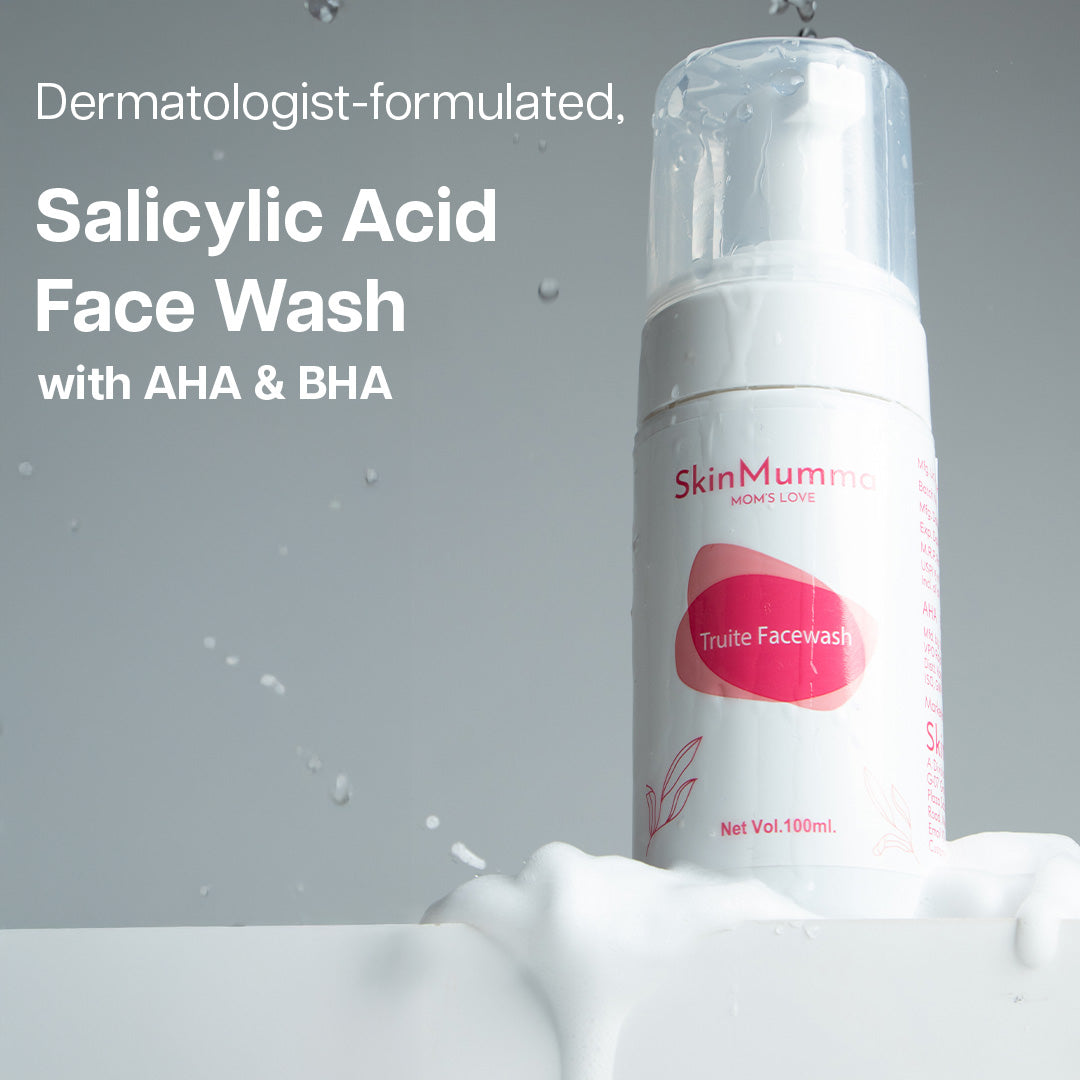
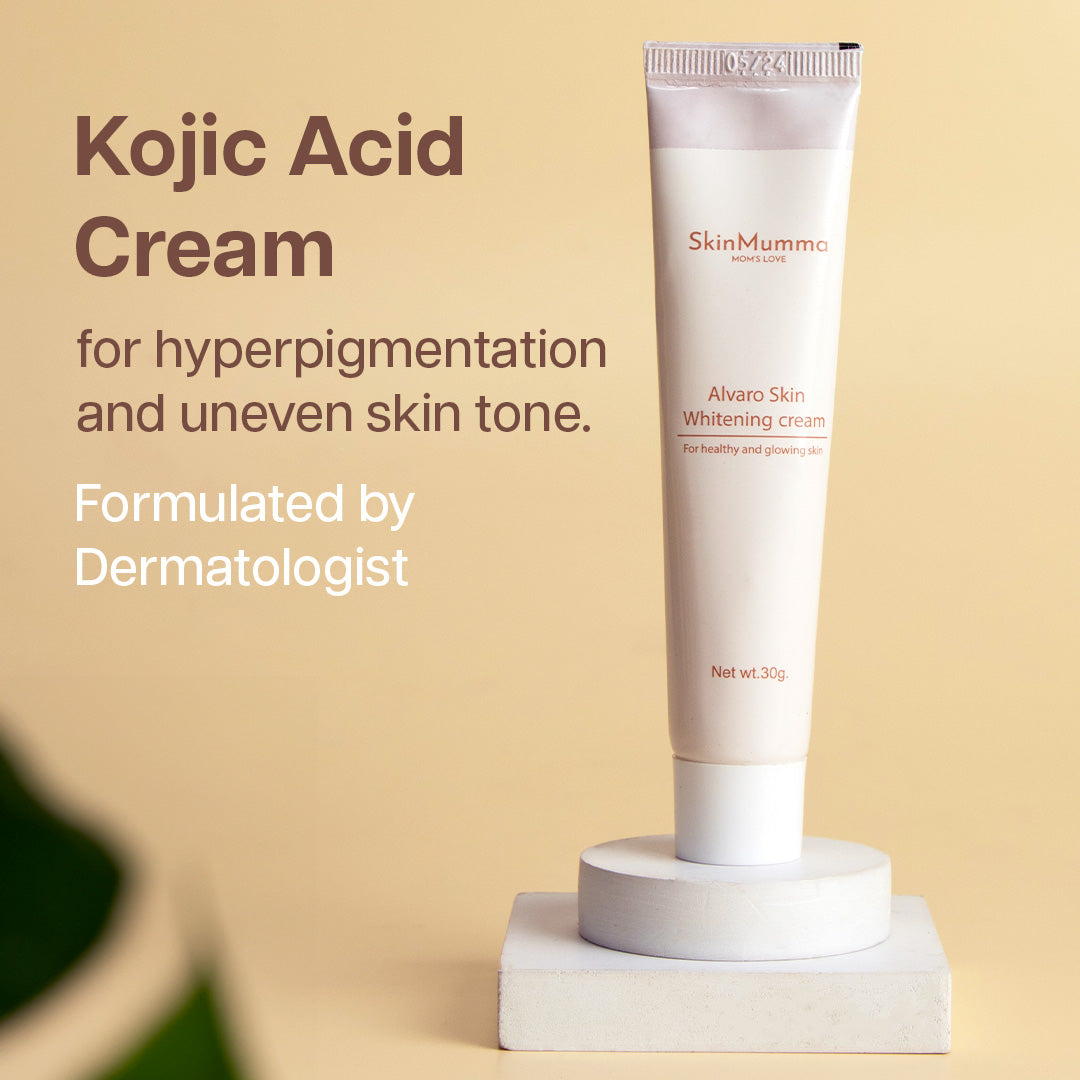
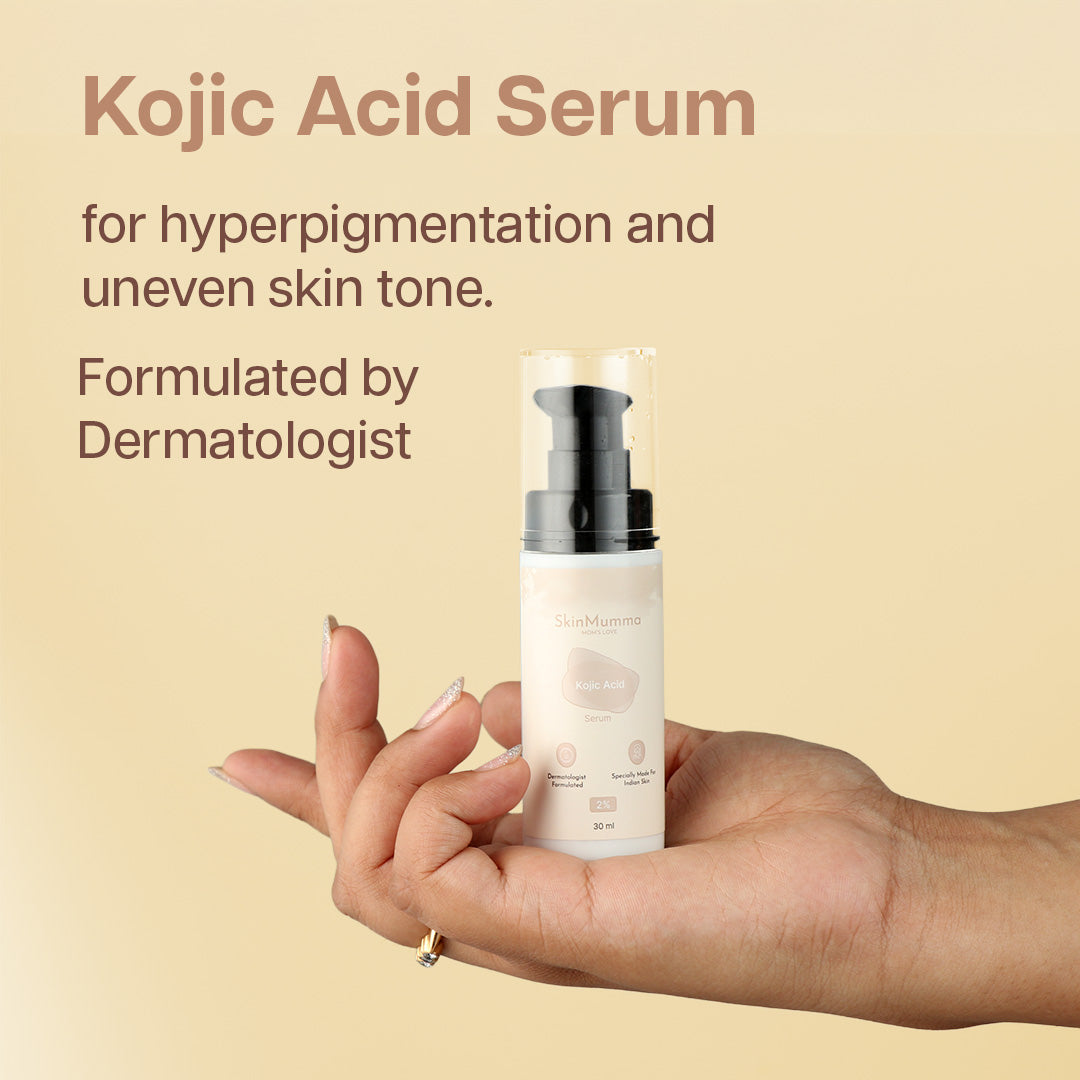
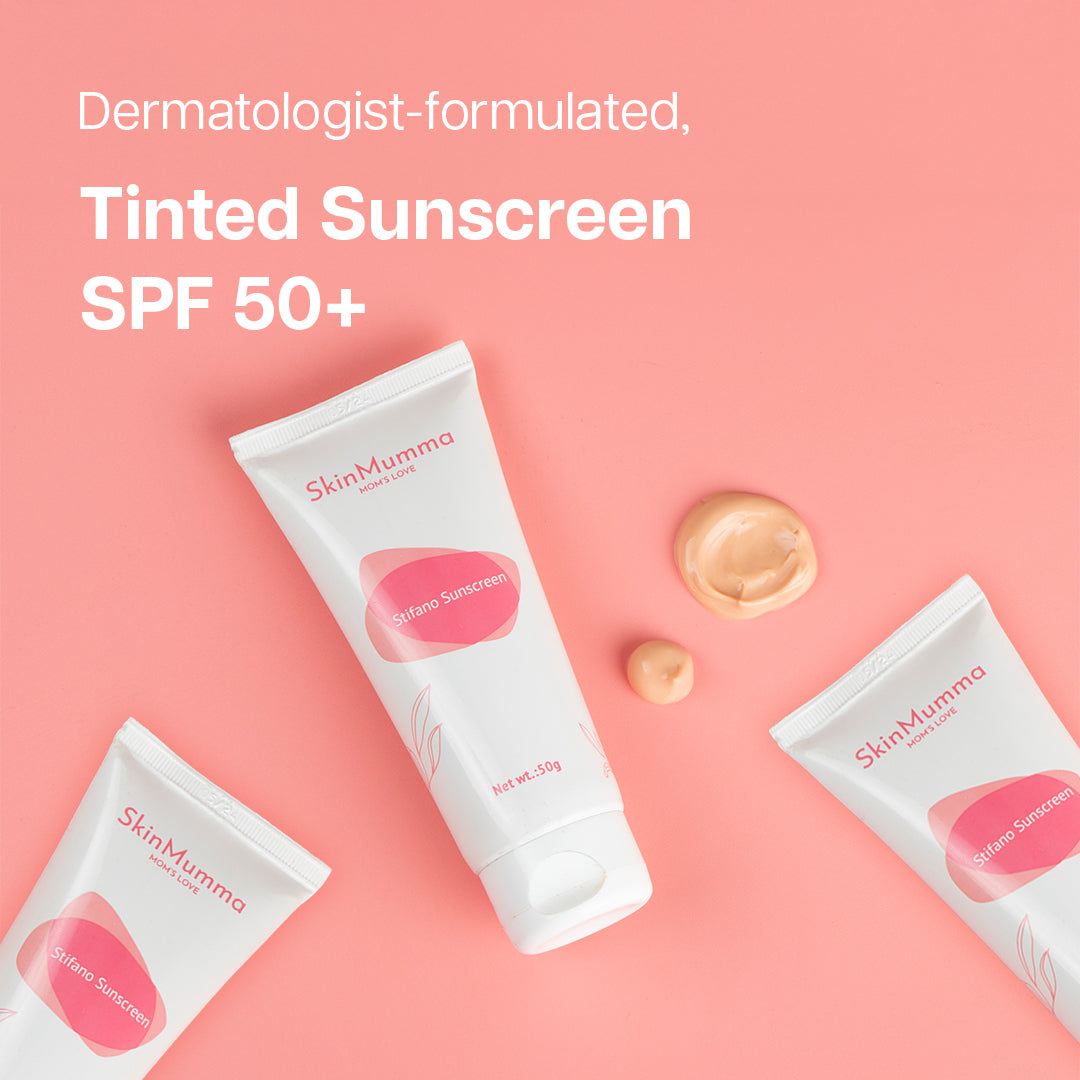
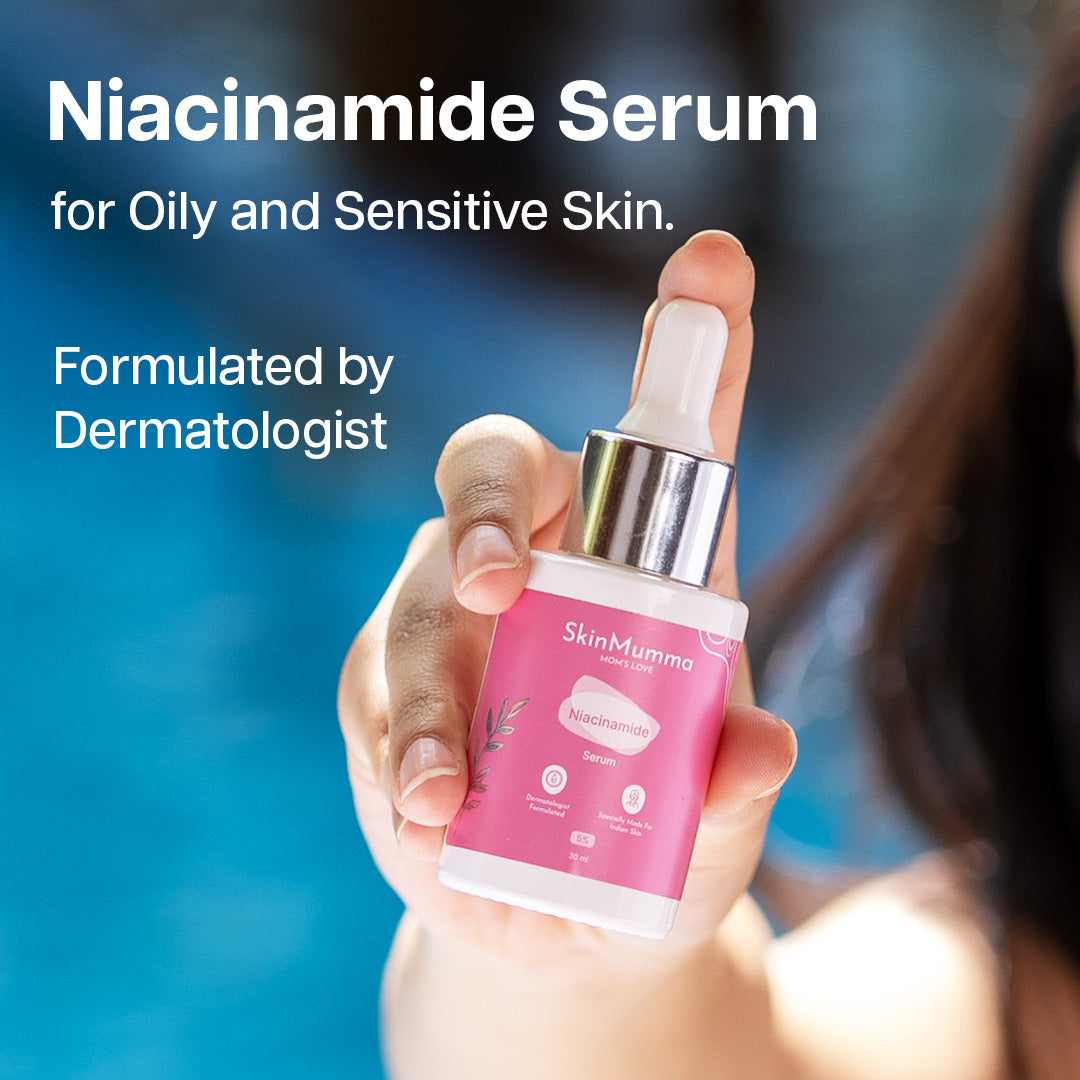
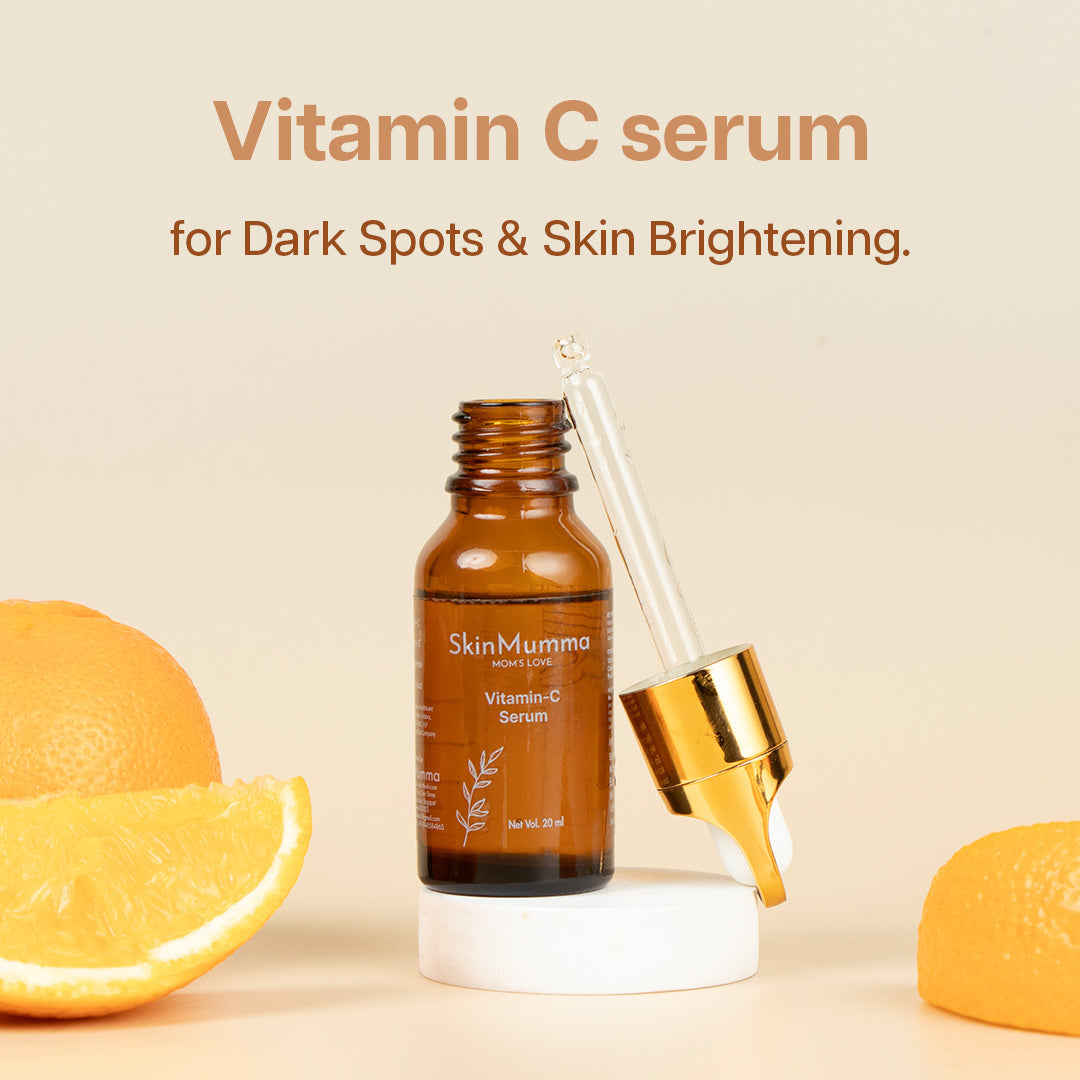




Dr Manisha Bindal is the senior dermatologist and laser skin expert with more than 25 yrs of experience in clinical practice. She has to her credit various advanced skin care procedures and Laser skin treatment protocols including chemical peels, fillers, threads and injections. You can trust the expert hands for any skin or hair related problems or any procedure if need be.